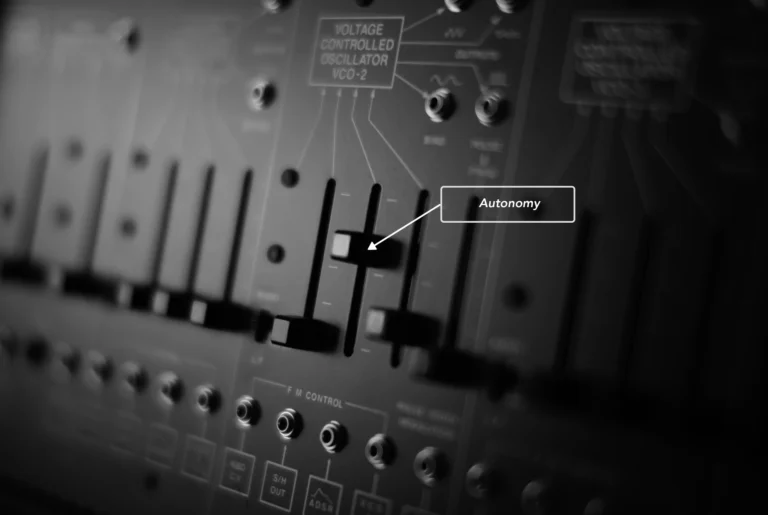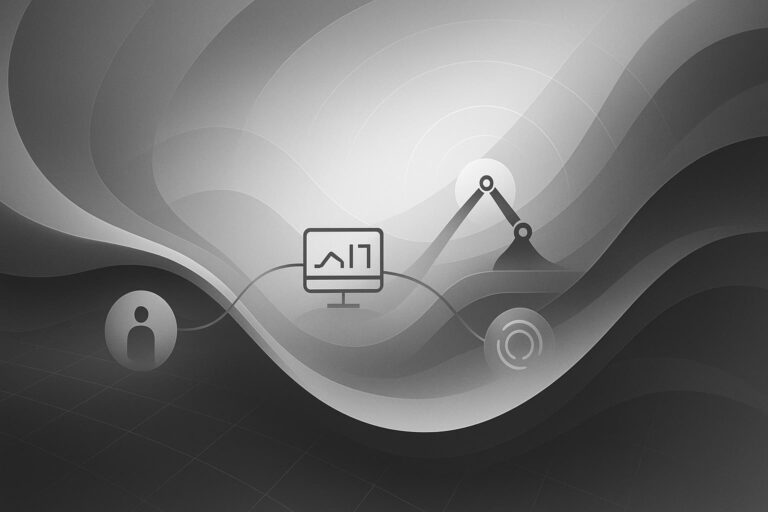The following is a transcript of a conversation on connectivity from “Overcoming Common Challenges In Robotic Farming”, a webinar hosted by Formant.
James Turnshek, Chief Architect at Formant: A lot of people asked us when we put this webinar together about networking [network connectivity] because it’s one of the things that everyone seems to have challenges with. So we’ve seen people using LTE, we’ve seen people putting up their own towers for 5G and things like this. Lots of meshing systems, and lots of people starting to use Starlink for getting network out there.
Maybe Ethan can start. I wonder if you’ve seen good solutions for networking and if you have any sort of suggestions for what people should start looking into now with newer technologies?
Ethan Rublee, Co-founder of Farm-ng: Yeah, we’ve been playing with Starlink and Wi-Fi and LTE…network connectivity is really, really important. WiFi is cheap and easy to get started in small areas, but doesn’t necessarily work out in the field. I think what’s interesting is if you center your stack around just standard internet connectivity, there are lots of off-the-shelf solutions that let you play with it. And so these small specialty crop farms, where you might have 20 acres of a mixture of field and greenhouse, hoop house…Wi-Fi and a fiber connection is practical, but you’re in a valley and there’s no LTE. And then lately, with all of the weather issues that we’ve been having here on the central coast, even hard-line like cable internet has been a challenge.
So having a backup of your cable or fiber internet and then you have Starlink, then you have LTE somewhere up high that gets reception, it’s important essentially to look at redundant connectivity. And I’m really excited about the community band LTE options that are making it more cost-effective to deploy LTE.
I think one of the pieces that we’re trying to solve with our platform, is just a robust look, very low-cost networking solutions that come with the combined hardware so that you can depend on that. I think having dependencies on the cloud there’s a cost there’s a cost component. If you think about using LTE from a major carrier, it becomes cost prohibitive for these types of machines. I mean, maybe not at the scale that John Deere is working out where you can cover a very large area. But if you’re looking at ROI, where you have one robot to one person types of ratios, having a high data bill every month just I don’t think works out for the farmer. So I think it’s important to look at solutions that don’t add cost to your products.
James Turnshek: Yeah, that makes sense. We spend a lot of time setting up on-demand data retrievals for people on fields of these kinds of things. So Jim, I wonder if you can talk about what solutions you guys have implemented for networks.
Jim Ostrowski, CTO of Blue River Tech: We mostly leverage kind of just your commercial vendors and Verizon, AT&T sort of things, and being able to pick and choose for wherever good coverage is around the country is key, at least for us, and again, we have to be not dependent on that. Things have to work without it. And so we use it when it’s there and the data is fantastic for engineering development, you need to have that access so you can get in and do remote development work and debugging. Deere has something, I don’t know the numbers off the top of my head, but it’s in the tens of millions of but they are connected acres and acres that are delivering data they’re pulling out performance and what’s been going on the machine and all of that every day. I can’t even fathom what the AWS bills look like, but there’s a lot of data flowing through there.
And so it’s important the machines operate autonomously or independently from that connection and will sometimes leverage local Wi-Fi where you can finish the job, take a machine to the barn and just kind of it’s sitting there and then upload data…kind of tricks that workaround for when you want to get that off the machines, still a lot of sneakernet, a lot of USB drives getting transported back and forth. They’re cheap and cost-effective.
What are some of the best connectivity strategies and tools you’ve used out in the field? If you need help determining what type of network would work best for you, check out our comparison of 5G versus alternate options in 5G: Will It Be A Game Changer For Robotics? As well as our list of the hardware considerations for 5G networks.
Looking for more advice on robotic farming? Access your copy of “Overcoming Common Challenges in Robotic Farming”, to watch the full event.



